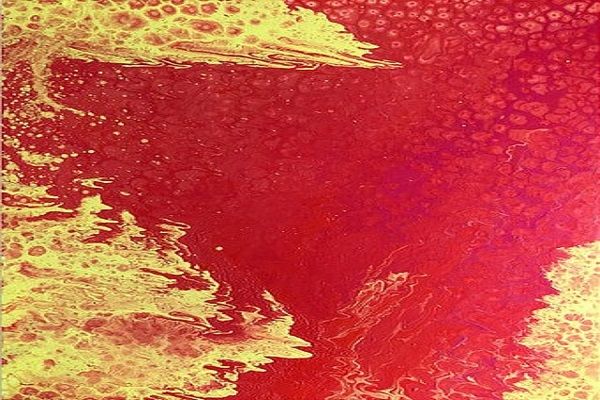
Ready to Experiment Painting with Acrylics?
Acrylic paints are quite vibrant and are fun to work with owing to its versatility!
The beauty of acrylic paint is that it can give you a different effect depending on how you apply it. Adding mediums can help you transform the pigments of acrylic paints to the next level by altering their drying time, texture, and consistency.
To get you started, we have compiled 10 of the most interesting acrylic painting techniques including brushstrokes, mediums, color mixing, paint application and more.
So what are you waiting for? Let’s get your creativity into action.
1. Drybrush
Apply the acrylic paint directly on the canvas using a dry brush to create strong and confident color strokes with uneven edges. It helps in adding texture and dimension to your painting.
This technique is salvation for acrylic landscape paintings. It is useful in creating wonderful effects including soft fluffy clouds, blades of grass, an impression of grains of sand, back of waves and more!
You can also use the dry brushing technique to add highlights to an underpainting.
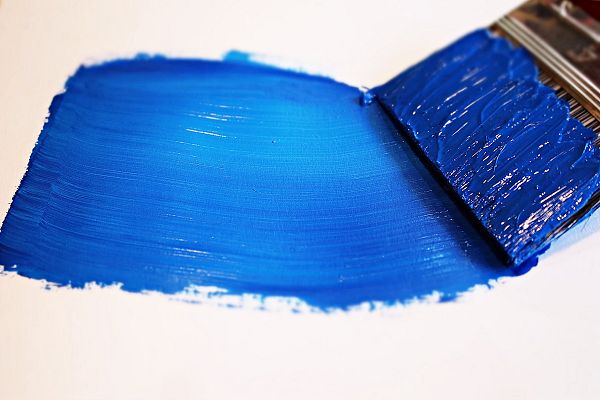
2. Palette Knife
Try applying the paint on your canvas using the palette knife resulting in thick, lively strokes varying in color, value, and height. It may sound difficult but is quite easy to do, even beginners do it.
It is quite similar to spreading frosting on a cake, all you need is to scrape up a bit of paint with the palette knife and apply it to your surface.
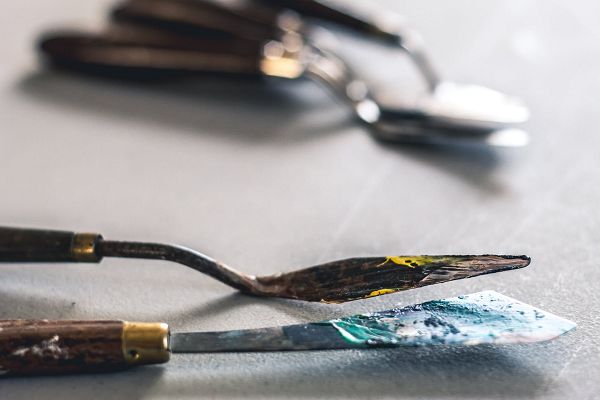
3. Wash
Put a scoop of acrylic paint on your palette. Dribble water into the paint and stir till the mixture is runny. Now, brush the watery paint on the canvas and you will end up with a thin transparent layer of color.
Adding water makes the acrylic to behave like watercolor, letting you build up light translucent layers of color with a watercolor look.
Most importantly, ensure that you do not add more than 30% water to acrylics so that it maintains the binding property of the colors.
You can even try combining the wash and dry brush methods giving you a plethora of textures to explore.

4. Learn to Layer
Layering in acrylic paintings helps to enhance the three-dimensional effect.
Acrylic paints dry quickly into insoluble films, allowing you to apply paint in one layer after another. You can start with your background layer and build it from there.
5. Stippling
Dip your paintbrush (stiff ones) in the acrylic paint or its mixture, then holding it perpendicularly to the painted surface create an assemblage of tiny dots. It will help you create a dimension and texture with subtle variations in your painting.
Stippling is closely related to Pointillism, the painting method popularized by French painter Georges Seurat.
This is an easy and versatile painting technique. You can construct varying degrees of shading based on the closeness and boldness of the assemblage of dots using subtle color blends.
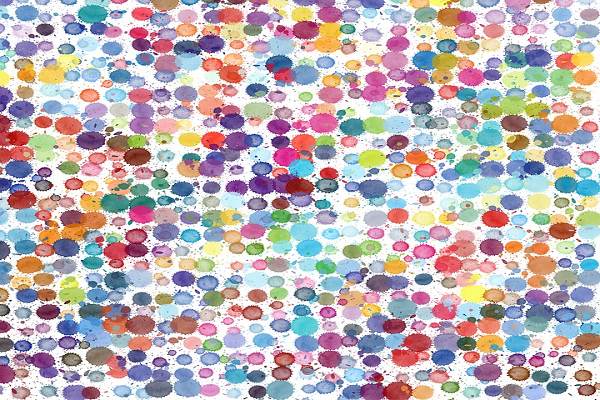
6. Splattering
Dip your wet paintbrush in the acrylic paint and flick or splatter it onto your canvas for an uneven splatter effect. Thinning the paint with water or a flow medium helps the process.
You can also try dripping the paint from the above, but make sure to let colors dry between spatters in order to get clean, vivid hues.
Channel the creativity in you and attempt the splattering technique to come up with your abstract landscape paintings.

7. Dabbing
Use the corner of a sponge or a piece of paper towel to dab colors of acrylic paints. This helps to add texture to your artwork.
You can even try dabbing in multiple layers from dark to light to build more depth in the painting. This technique works best for creating foliage and flowers.
8. Glazing
Apply pure, transparent glaze with your acrylic paint to add depth to your artwork. It also helps to create a rich, luminous hue and help to modify or tone down the existing color.
You can even try to mix a medium with your acrylic color to give a matte effect.
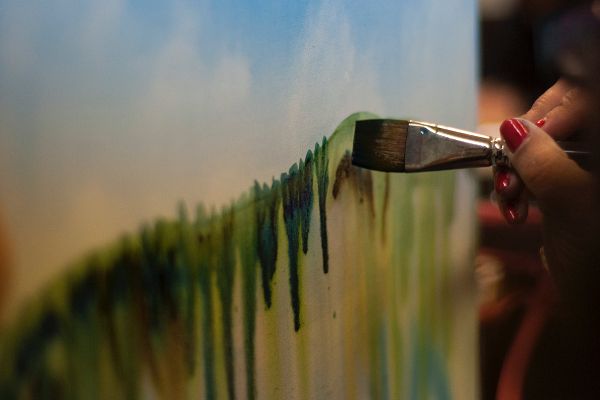
9. Pouring
This technique involves mixing acrylic paints with a pouring medium and then pouring it directly or through a container to the canvas without using the paintbrush. You can manipulate the flowing paints by tilting the canvas at different angles to create more effects.
This is a fun, creative way to produce abstract art and psychedelic paintings.
You can use a palette knife to create different effects by swiping the acrylic paint on the canvas with an instrument, like a palette knife.
Using fluid acrylics is quite messy, so while trying it for the first time, you can go for pre-mixed paint colors and use a plastic sheet to cover the floor.
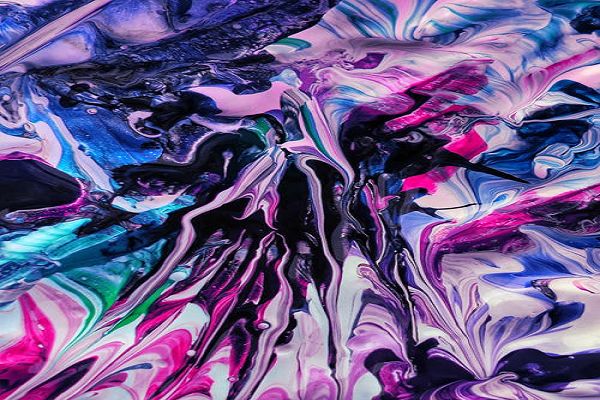
10. Color Mixing
Be creative with mixing acrylic colors. Just combine colors and swirl them up. You will gradually master the art of color mixing.
You can also try using partially mixed acrylic colors by giving them a brief stir with your palette knife. It will create a fascinating mingling of colors as you apply the paint to your canvas.
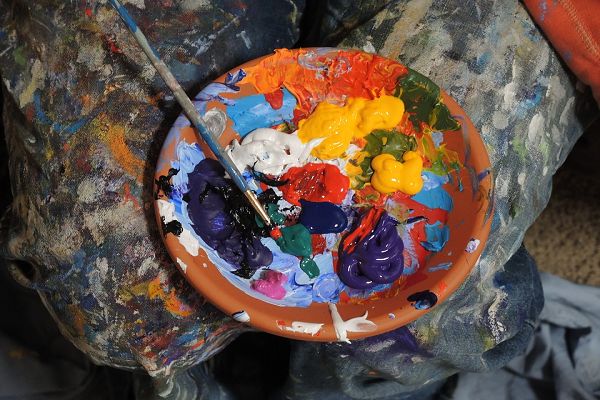
These techniques are worth trying but don’t limit yourself.
Mix and match these basic painting methods, and explore your unique method of creating art.
Bonus Tip: Don’t Compromise on Acrylic Painting Colors
It is highly recommended to invest the most money into buying high-grade acrylic paints from well-known brands. The more pigment load your colors will have, the better will be the texture of your artwork.
Happy Painting!





















